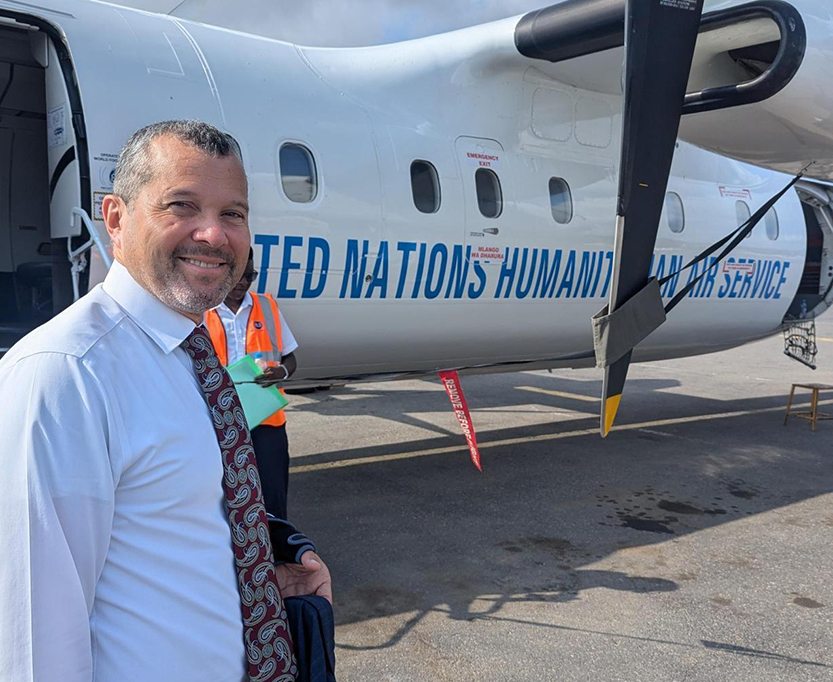Visits highlight support for freedom of navigation and concern for seafarers.

IMO Secretary-General Arsenio Dominguez visited five countries in the Red Sea area (28 October to 1 November).
International Maritime Organization (IMO) Secretary-General Arsenio Dominguez has completed a series of visits to countries in the Red Sea area, to discuss the current situation and express support for freedom of navigation as well as concern for innocent seafarers, particularly those who remain captive with the MV Galaxy Leader.
Mr Dominguez said:
"The continuous attacks on ships and seafarers in the Red Sea are endangering innocent human lives, affecting the entire shipping industry and therefore the global economy. International shipping carries around 80% of trade in goods in the world and the Red Sea is one of the main shipping routes. All countries are affected by disruptions to international shipping.
The countries in the region have been greatly affected. Last week, I travelled to Djibouti, Egypt, Oman, Saudi Arabia and Yemen, to discuss the situation with Government representatives and consider how IMO could further support them.
I will continue to engage with all IMO Member States, UN agencies and stakeholders to ensure that the principle of freedom of navigation is re-established in the interests of all parties.
These visits represent a message of support from the IMO to all those who work every day to maintain international shipping.
It is through discussions with all the countries that we will be able to protect seafarers and build a resilient and sustainable maritime transport system. This region has a strategic role and great potential for development to enable maritime transport to become more sustainable."






